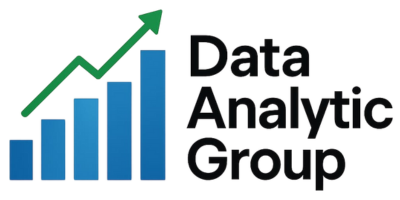The Future Is Fabric: Why Now’s the Time to Migrate to Microsoft Fabric
In today’s data-driven world, organizations face mounting pressure to break down silos, reduce complexity, and deliver actionable insights faster than ever. Enter Microsoft Fabric, a game-changing, unified data platform that brings together data engineering, data science, business intelligence, and governance…
